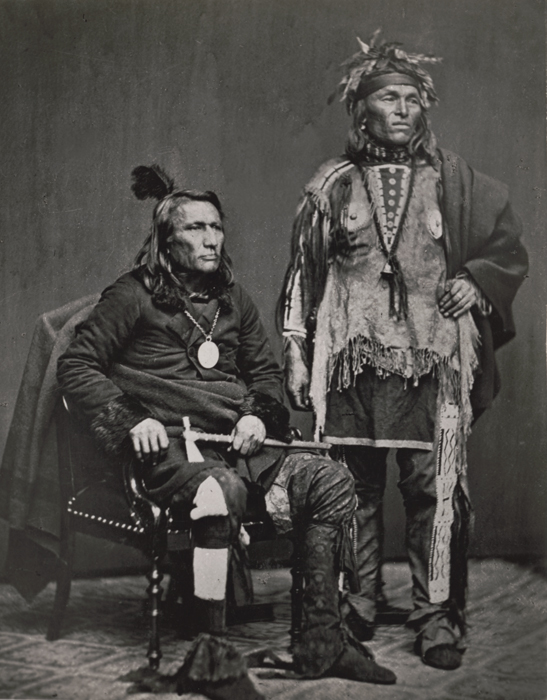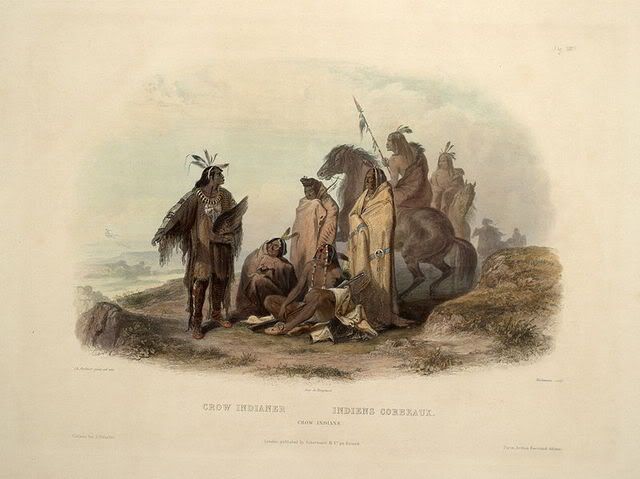
The flag of the Confederated Salish and Kootenai Tribes of the Flathead Indian Reservation in Montana was raised over a hydroelectric facility on the Flathead River on September 4, 2015. The facility, formerly known as the Kerr Dam, was promptly renamed the Salish Kootenai Dam in honor of the new owners. For the past 30 years, the tribes have been battling to reclaim the dam which has a generating capacity of 188 megawatts of electricity.
At the celebration of the transfer, former tribal council member Steve Lozar said: “This day blesses all our tribal hearts collectively. It’s a combination of people of water that once again to rejoice and feel a true tribal baptism of water as it washes over us – and for that I am very thankful for. I am thankful for the people that has brought us this opportunity; for the tribal members that gave their lives to build this facility. And I’m mostly proud for the children that are once again going to be regenerated and rejuvenated by the water that washes over them.”
Background:
The history of the relationship of the federal government with Indian nations has generally focused on the transfer of wealth—land, mineral rights, etc.—from Indian people to non-Indians. For the Pend d’Oreille, Flathead, and Kootenai people this began in 1855 with the Hell Gate Treaty that transferred to the United States millions of acres of tribal land and established what would become the Flathead Indian Reservation.
In 1904 Montana Congressman Joseph Dixon secured the passage of the Flathead Allotment Act which called for the survey and allotment of the Montana reservation without the consent of the Indians. Under allotment, each Indian family was to be given a parcel of land and then the reservation was open to non-Indian settlement. Following allotment, the Indian agent, who favored allotment, needed an armed guard when traveling on the reservation.
To improve farming on the allotted Reservation, the government created the Flathead Indian Irrigation Project. As with most Indian irrigation projects, this project was soon delivering water to non-Indian farms. A national report on Indian irrigation projects released in 1929 showed that the number of acres of Indian land irrigated and used had declined, and that while the cost of constructing irrigation projects had been charged to the Indians, non-Indian farmers had been the primary beneficiaries of these projects.
In 1934, Congress passed the Indian Reorganization Act which allowed tribal governments to reorganize and to create federally chartered corporations which can borrow money, enter into contracts, and sue. Under this Act, the Confederated Salish and Kootenai Tribes came into existence.
The Dam:
In 1927 the Commissioner of Indian Affairs met with representatives of the Montana Power Company to discuss the development of a hydroelectric site on the Flathead River south of Polson, Montana. An agreement was reached which gave Montana Power the right to generate power. The driving force behind the dam proposal was the need for electricity for copper mining activities in Butte and smelter activities in Anaconda. While the dam site is on the Flathead Reservation, no Indians were invited to the meeting.
The agreement was criticized by John Collier who maintained that it violated the 1855 treaty with the Flatheads. Collier also pointed out that the Federal Water Power Act of 1920 promised Indians all royalties from reservation lands and that the agreement with Montana Power only gave the Indians one-third of the royalties. Collier also questioned why the agreement gives non-Indian settlers on the reservation electricity at cost.
The proposed site for the dam was an important cultural resource for the tribes, but since all Indian religions were illegal at this time, the spiritual concerns of tribal elders were not considered. Many tribal members opposed the construction of the dam.
Construction of the dam began in 1930 and by 1939 the facility was producing power. The new dam was named for Frank Kerr, the president of Montana Power. Kerr dam is a concrete arch dam which controls the elevation of the top ten feet of Flathead Lake. Fourteen tribal members were killed in construction-related accidents during the building of the dam.
In 1985 the dam’s license came up for renewal and the Confederated Salish and Kootenai Tribes (CSKT) bid for the license. As a result, CSKT became a co-licensee with Montana Power Company. During the negotiations, the tribes agreed to take a reduced payment for the use and occupancy of the dam site in exchange for an exclusive option to acquire the dam in 2015.
To take over the operation of the dam, the tribes created a tribally owned corporation, Energy Keepers, Inc., under the Indian Reorganization Act.
Republican Response:
Montana Republicans are not happy about having a tribally-run hydroelectric facility. In an attempt to stop the takeover, state Senator. Bob Keenan and Flathead Conservation District Supervisor Verdell Jackson filed a complaint seeking a temporary injunction. The Missoula Independent reports: “In the kind of sleuthing worthy of a Tom Clancy novel, Keenan and Jackson drew a direct connection between Turkey’s work to help foster economic development in Indian Country and Turkey’s harboring of terrorist groups.”
According to the complaint, the Turkish government is seeking to promote Islam on Indian reservation as well as other dangerous activities, such as seeking access to uranium deposits. The Confederated Salish and Kootenai Tribes have expertise in uranium mill tailing cleanups and the lawsuit claims that the tribes are too gullible or naïve to realize that the Turks may have terrorist ties. Turkey, by the way, is a U.S. ally and a member of NATO.
According to the Missoula Independent: “While the case was quickly thrown out, one might begin to suspect Keenan and Jackson have something against the Salish and Kootenai people, or against the federal government that approved CSKT’s intent to purchase Kerr Dam three decades ago. But then again, such theories seem a little too grounded and devoid of conspiratorial intrigue for their ilk.”

Leave a Reply